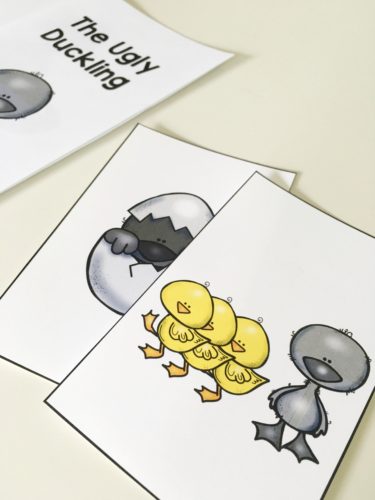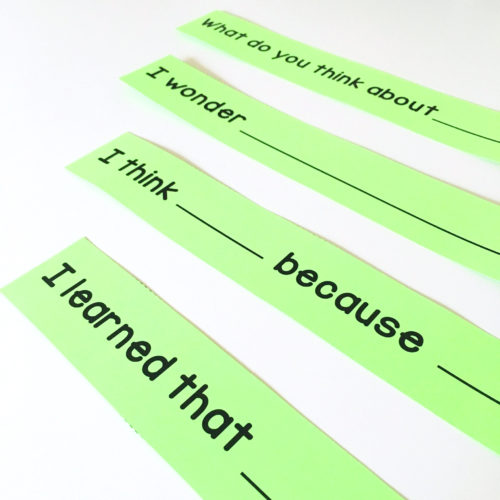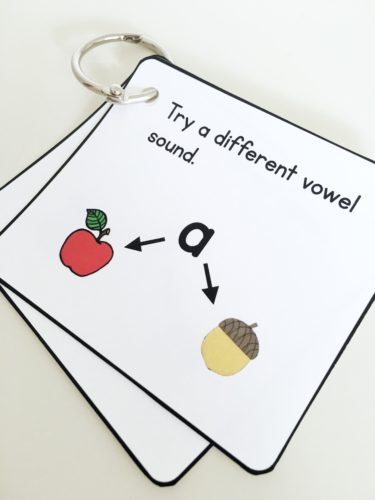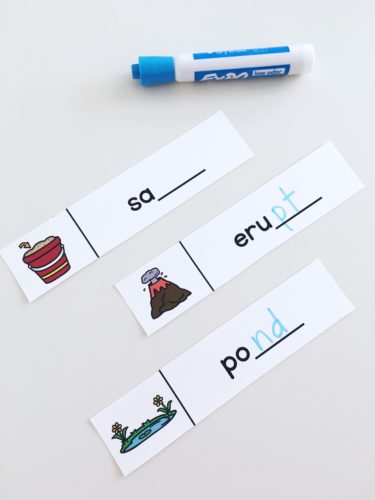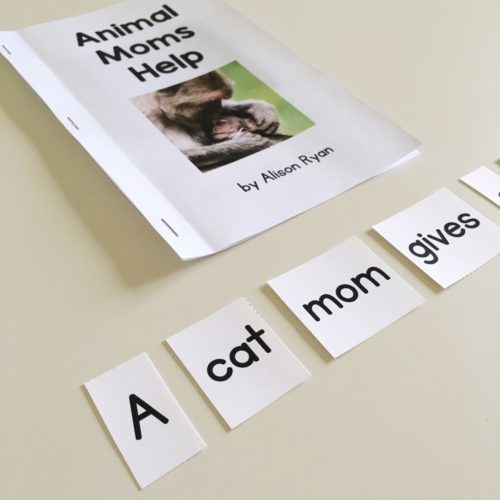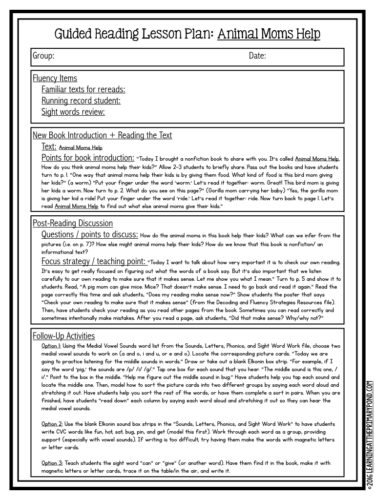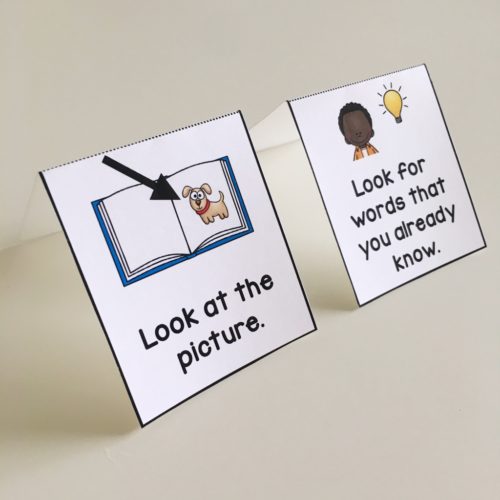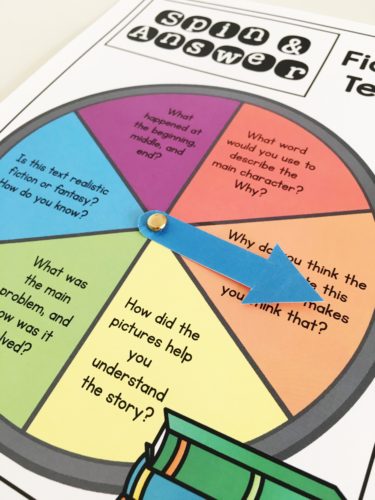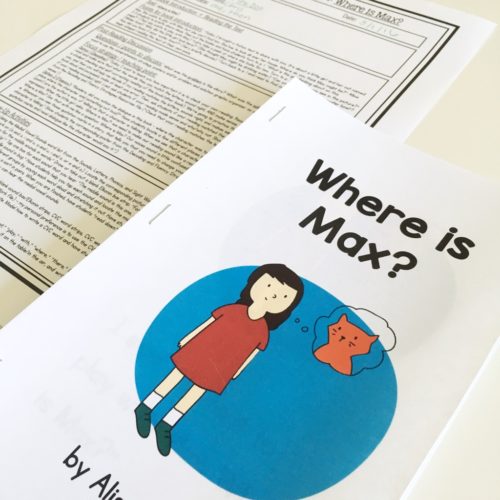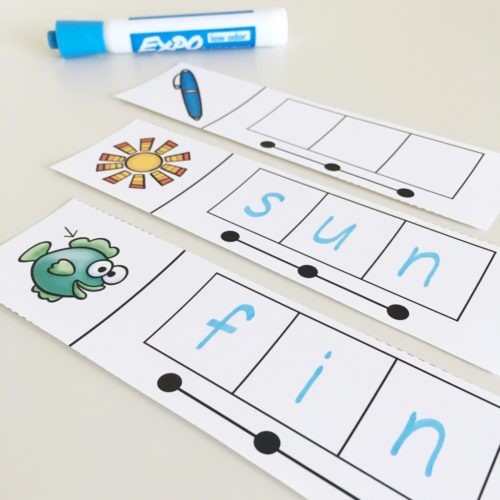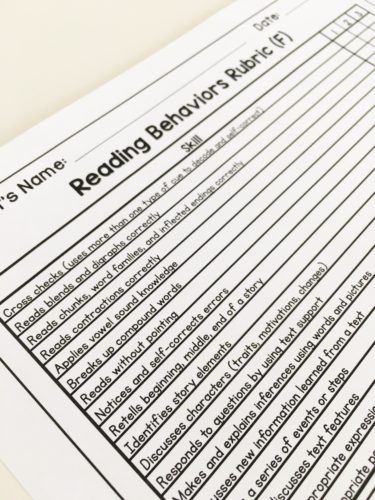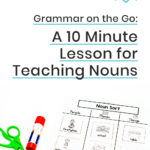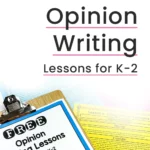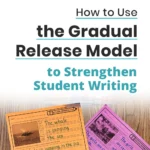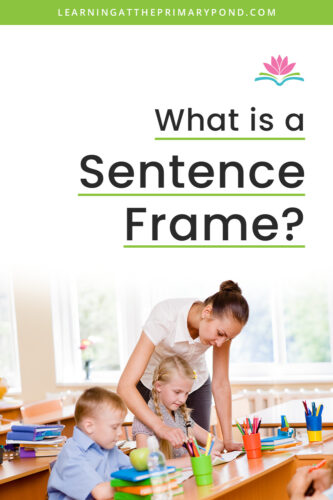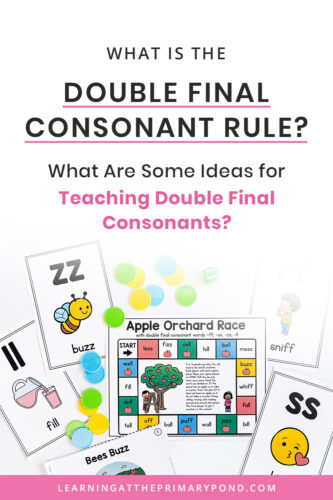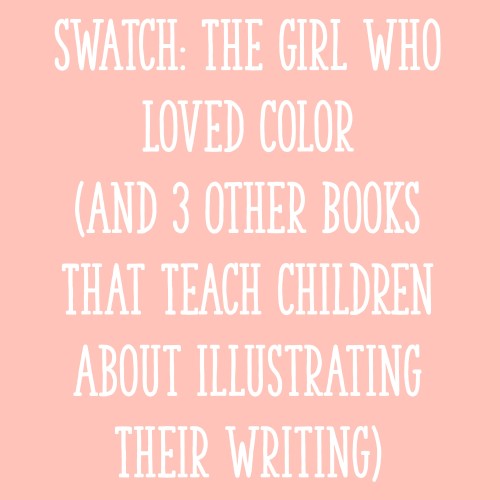What I do with students during guided reading varies (a bit) from lesson to lesson. Generally, however, my guided reading lessons tend to fit into one of two categories:
- Anchor lesson
- Student-driven lesson
Categorizing my lessons this way has been SO helpful to me. It’s allowed me to release more responsibility to my students. In turn, they’ve become more independent and engaged in the lessons!
In this post, I’ll define each type of lesson and list some of the activities I incorporate into each one.

Photo Credits: lanych, Shutterstock
What is an anchor lesson?
The purpose of an anchor lesson is to teach students a new strategy (or do a thorough review of a previous strategy) in the context of the book we’re reading. During an anchor lesson, I, as the teacher, do a good amount of work and teaching.
And since the purpose of guided reading is to give students guided practice, I try to limit the number of anchor lessons that I teach. Only about 10-20% of my guided reading lessons fall into this category.
I try to do most of my modeling and strategy demonstrations during whole group shared reading or readalouds, and reserve guided reading for lots of guided practice.
However, we all know that some of our little ones don’t pay excellent attention during every whole group lesson. 😉 Additionally, a particular group of students may need a strategy that I’m not teaching in whole group. This is especially true when I’m working with a group that’s reading below or above grade level. So anchor lessons are sometimes necessary!
What is a student-driven lesson?
The purpose of a student-driven lesson is to give students practice using a strategy or strategies as they read a text at instructional level. During a student-driven lesson, the kids “take the reigns.”
I may provide a brief text introduction or support their reading through prompting. But during a student-driven lesson, I strive to get my kids to take as much responsibility as possible for their own reading, learning, and discussions.
What do we do during an anchor lesson?
Below is a list of the activities and practices I use during my anchor lessons (note: I don’t do all of these things in every lesson!!):
- Review/fluency activities: Students reread familiar texts, parts of familiar texts, review sight words, etc.
- New book introduction: This varies – I may simply tell students what the book is generally about, invite them to share background knowledge about the topic, invite students to preview a few of the pages, and/or have students locate some important or tricky words in the text
- Vocabulary instruction: I may introduce and discuss a vocabulary word with students, either before or after we read the text
- Reading the text: Students whisper-read the text at their own pace; I prompt them to use strategies and listen to them read
- Comprehension discussion: I ask students questions about the text and may have them use tools like sentence starters or retelling cards; I may also use a visual to teach a comprehension strategy
 Comprehension strategy visual (part of my guided reading series); the tabletop stand can be found HERE (this is an Amazon affiliate link)
Comprehension strategy visual (part of my guided reading series); the tabletop stand can be found HERE (this is an Amazon affiliate link)
Retelling cards from my Guided Reading Level D pack
Sentence starters from my guided reading packs (I cut these out on strips and usually give each child 1-2 of the same sentence starters to use during our comprehension conversation)
- Decoding strategy instruction: I model how to use a strategy in the book we just finished, often using a visual aid, and give students some guided practice with the strategy
I display a full-page version of this strategy and then can give students these individual strategy cards (on small binder rings) to use as a reference
- Fluency strategy instruction: I model how to use a strategy in the book we just finished, often using a visual aid, and give students some guided practice with the strategy)
- Vocabulary strategy instruction: I model how to use a strategy in the book we just finished, often using a visual aid like the one shown below, and give students some guided practice with the strategy
- Word work: I introduce or review a phonics or word pattern concept, and then give students an opportunity to practice the concept by making, reading, and/or writing words that have the pattern
This ending blends activity is from Level F in my guided reading series
- Writing: I may dictate a sentence for students to write or have them come up with their own sentence(s) about the text; I sometimes quickly teach or review a skill like using periods; I may then do a sentence cut-apart activity for students at lower reading levels
Click on the images below to download free examples of Level B and Level H anchor lessons (the printable books and running records are included, too!):
What do we do during a student-driven lesson?
A student-driven lesson has the same essential structure, but I change how I implement most of the components, so that students are doing most of the work.
- New book introduction: I invite students to decide how they want to prepare to read the text. They may choose to discuss background knowledge, page through the book, or look ahead for tricky words. When a student makes a suggestion, I encourage the kids to try it out.
- Reading the text: Students whisper-read the text at their own pace; they may use visual cards or strategy menus; I listen to them read and occasionally ask, “What will you do to solve this problem?” when they encounter difficulty

- Comprehension discussion: I invite students to talk about the book while I listen to their discussion; I may choose a student to lead the conversation; students may play a comprehension game like the one shown below
- Decoding strategy instruction: I choose a student to share a decoding strategy he/she used while reading and explain why the strategy was helpful. I may also share how I noticed a student using a particular decoding strategy as I listened to the group read
- Fluency strategy instruction: I encourage students to rate their own fluency and practice re-reading a page or two if improvement is needed
- Vocabulary strategy instruction: I invite students to list any new words they encountered during the reading of the text; I ask them to try a strategy or consult with one another to figure out what it means
- Word work: I have students search for a particular word pattern in the text and then write or make additional words that have the same pattern
- Writing: Students decide how they will respond to the text in writing
Integrating these approaches
As you can probably guess, I sometimes mix and match practices from both types of lessons. For example, I might let students figure out how to introduce themselves to a new text, but then model a strategy after they’ve finished the book.
Still, defining for myself whether a lesson is an anchor lesson or a student-driven lesson is helpful. If I know that I want a lesson to be student-driven, sticking closely to that decision helps me refrain from doing too much of the work.
One other note – word work during guided reading is usually teacher-driven. I only devote a few minutes to it, so the pace has to be quick and my activity choices have to be very intentional.
If you use my guided reading packs, you’ll find lots of materials to help you teach both anchor lessons and student-driven lessons. Each level has 4-5 printable books that come with complete anchor lessons (1 and 2 day plan options).
Then, there are tons of other supplementary materials to help you design your own student-driven (or anchor) lessons with the books you already have in your classroom.
To read more about these resources, click HERE – and be sure to scroll all the way down. Happy teaching!

